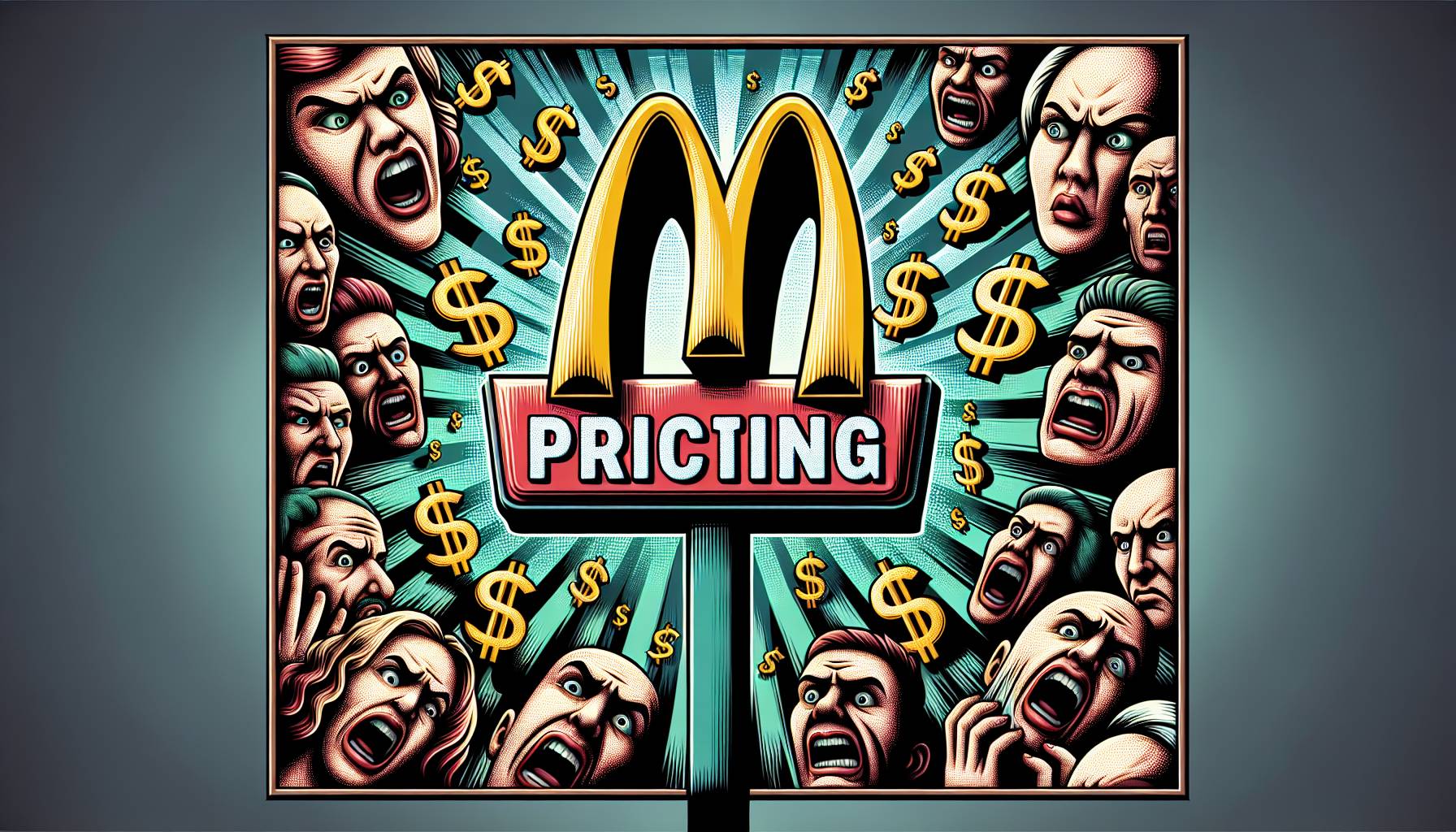Not long ago, Wendy’s CEO, Kirk Tanner, sparked a hot debate by hinting at possible dynamic pricing. As a result, he attracted hefty criticism and a potential boycott threat from many disgruntled customers on social media. Stakeholders and industry analysts were left guessing whether this proposal could potentially diminish the brand’s worth and popularity.
However, Wendy’s went on the defensive. They assured critics that their idea of dynamic pricing wouldn’t mean escalated prices during rush hours. Instead, they intended to introduce a balanced and fair pricing model, which could involve offering discounts during off-peak hours.
Furthermore, Wendy’s committed to maintain transparency throughout the process. They vow to keep the public informed well before any new policies are rolled out. Apart from prioritizing sustainable business models, they strongly reassure their customers of their unwavering commitment to providing a quality dining experience.
High-profile personalities, including US Senator Elizabeth Warren, joined the critics, likening Wendy’s pricing model to price gouging. More backlash followed on social media, with calls for boycotting Wendy’s over accusations of exploiting customers during peak hours.
On the flip side, Wendy’s rivals like Burger King and Chili’s used the controversy to their advantage. Smelling an opportunity, they publicly rejected the idea of dynamic pricing and went ahead to offer special discounts, in what seemed like a cheeky ploy to mock Wendy’s proposed pricing plan. Chili’s even tied the controversy to a social media campaign that encouraged followers to share why they preferred Chili’s over their competitors.
Amid all this, another fast-casual diner, Portillo’s, announced a plan to expand its operation beyond its existing markets. They are looking to tap into new markets by launching new products, improving the customer experience, and maximizing efficiency. Their expansion plan includes strategies that go beyond expensive TV ads, with a focus on more cost-effective digital marketing avenues, such as social media and email marketing campaigns.













